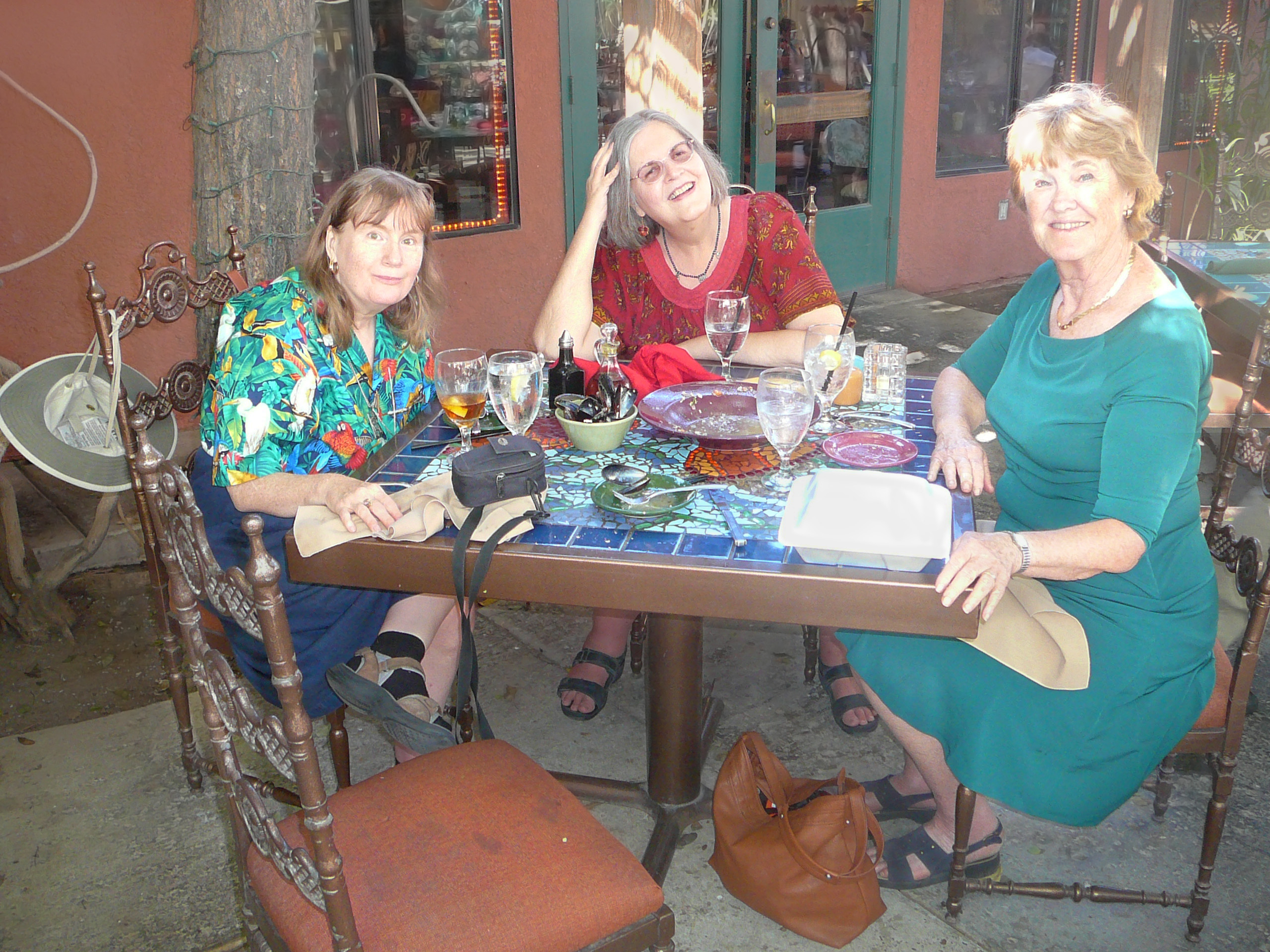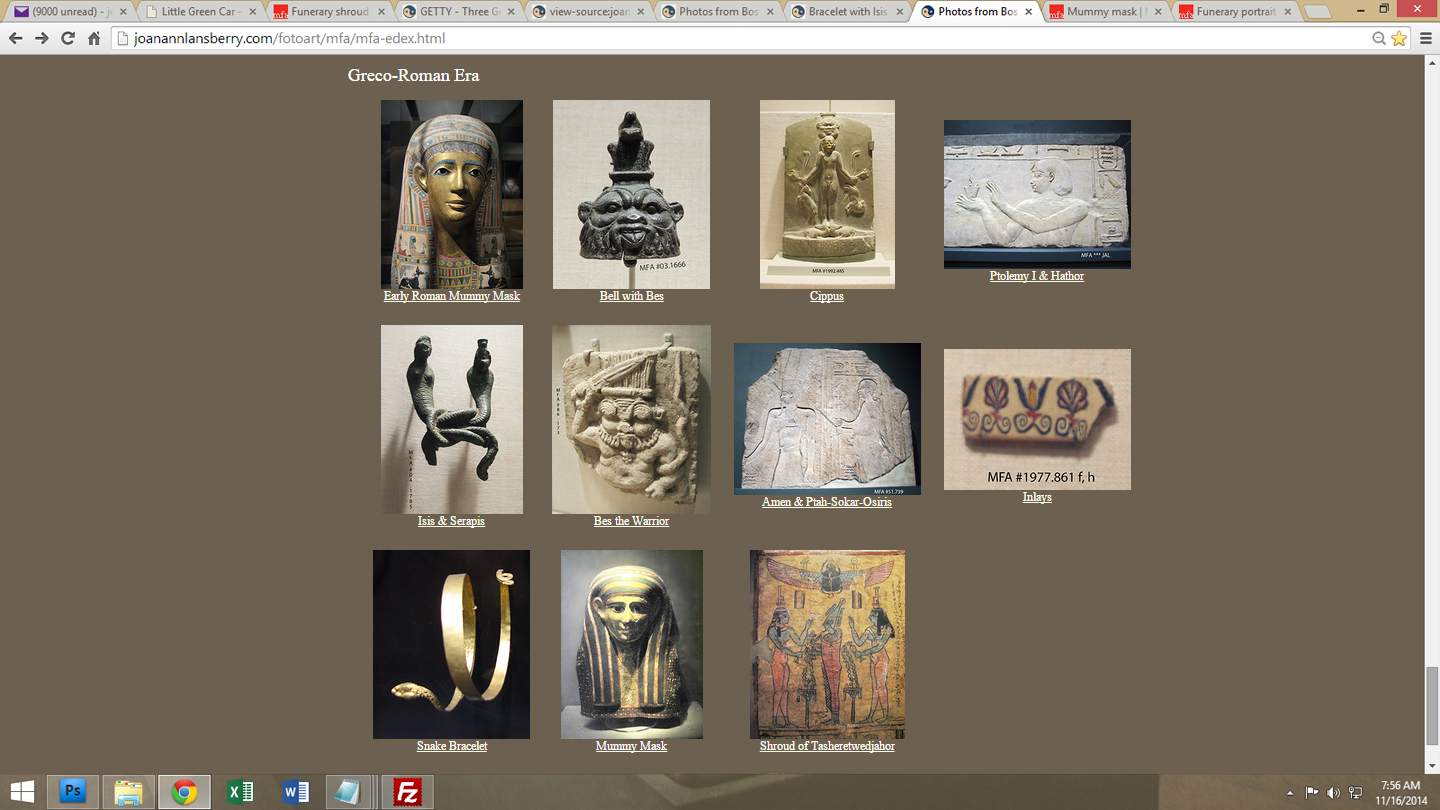Memphite theology is largely known through the Shabaka stone, which is at the British museum, as "Shabako stone", and is described at the museum website, "Conglomerate stela, rectangular, subsequently re-used as a nether millstone: two horizontal registers of hieroglyphs records the names of Shabako and the 'perhaps ancient fiction' of his attempt to preserve an ancient text from further deterioration or destruction; below these are sixty vertical registers of hieroglyphs, some substantially damaged by the action of grinding flour, which record the 'Memphite Theology' or creation myth, a text perhaps originally composed during the New Kingdom, in which Ptah is responsible for the creation of all things by means of the spoken word."
"The Shabaka text is written on a rectangular stone of black granite, measuring [66] x 137cm (British Museum, No. 498). It is written in vertical columns and reads from the left. Parts of it are obliterated. On the top of the stone are two horizontal lines announcing that the text was written anew from an old book damaged by worms, by orders from king Shabaka (25. dyn.), who placed the stone in the temple of Ptah in Memphis.
"The left-hand section of the stone deals with the mythical conclusion of peace between Seth and Horus, and with the unification of the countries by Horus..." (Ragnhild Bjerre Finnestad, "Ptah, Creator of the Gods: Reconsideration of the Ptah Section of the Denkmal", Numen, Vol XXIII, Fasc. 2, page 81)
Finnestad, however, mainly deals with the sections having to do with Ptah's role as a creator, "Ptah-Nun, the father (who begot) Atum [...] Ptah-Nunet, the mother who bore Atum", thereby being responsible for all the gods' existence." (Text translation, page 83)
"After the short preface asserting Ptah’s supremacy, the text jumps right into the fragmented narrative and dialogic speech of the gods that recounts the unification of Egypt." (Joshua J. Bodine, "The Shabaka Stone: an Introduction", Studia Antiqua 7.1 – Spring 2009 21, page 13)
Miriam Lichtheim explains, "This section narrates, and enacts, the division of the rule of Egypt between Horus and Seth, which had been decided by the earth-god Geb. The division is viewed as a temporary settlement, subsequently replaced by the union of the Two Lands under the sole rule of Horus" (footnote 3, page 56), because "it seemed wrong to Geb that the portion of Horus was like the portion of Seth. So Geb gave to Horus his inheritence, for he is the son of his firstborn son." (Translation of Shabaka text, (_Ancient Egyptian Literature: The Old and Middle Kingdoms_, page 52)
"Continuing the story, however, after reporting how Horus received the crown of Upper and Lower Egypt, the text recites a statement that basically equates Horus with Ptah", (Bodine, page 14) "Then Horus stood over the land. He is the uniter of this land, proclaimed in the great name: Ta-tenen, South-of-his Wall, Lord of Eternity." (Shabaka Text, Lichtheim translation, page 53)
“Beginning with the Ramesside Period [Ptah] was associated with Tatenen, a chthonic god known from funerary texts. Ptah-Tatenen then played the role of creator god. “(Françoise Dunand, Christiane Zivie Coche, _Gods and Men in Egypt: 3000 BCE to 395 CE_, page 348) "Chthonic" is derived from a Greek
word meaning "in, under, or beneath the earth" (according to Wikipedia). At the temple at Wadi el-Sebu'a, Ramesses II "sits under a canopy with 'Ptah of Ramesses-Meryamun in the domain of Ptah' and 'Ptah-Tatenen, of high plumes and a pair of pointed horns' (a reference to the god's head ornament)." (Gerhard Haeny, "New Kingdom Mortuary Temples", in _Temples of Ancient Egypt_, edited by Byron E. Shafer, page 118)
Returning to the Shabaka text, "(15c) Reed and papyrus were placed on the double door of the House of Ptah. That means Horus and Seth, pacified and united. They fraternized so as to cease quarreling (16c) in whatever place they might be, being united in the House of Ptah, the 'Balance of the Two Lands' in which Upper and Lower Egypt had been weighed." (Lichtheim, page 53)
Lichtheim further explains, "The body of the slain Osiris had floated downstream and was brought ashore at Memphis, thereby making Memphis the most sacred spot, and rightly cast as the place in which the Two Lands were joined." (Footnote 7, page 56)
After this is a section full of breaks, no doubt where the hole is. Isis has a role here: "(27b) Isis causes [Horus and Seth] to come. (28b) Isis speaks to Horus and Seth: "[Come] ------." Isis speaks to Horus and Seth: "Life will be pleasant for you when ------." (31b) Isis speaks to Horus and Seth: "It is he who dries your tears ------. (Lichtheim translation, pages 53-54). Who is this tear drier? I suspect Isis is referring to Ptah.
Next the text goes into Ptah's creative role.
"The text alludes to the Heliopolitan creation account centred on the god Atum, but goes on to claim that the Memphite god Ptah preceded the sun god and that it was Ptah who created Atum and ultimately the other gods and all else 'through his heart and through his tongue'. The expression alludes to the conscious planning of creation and its execution through rational thought and speech, and this story of creation ex nihilo as attributed to Ptah by the priests of Memphis is the earliest known example of the so-called 'logos' doctrine in which the world is formed through a god's creative speech. As such, it was one of the most intellectual creation myths to arise in Egypt and in the ancient world as a whole. It lies before, and in line with, the philosophical concepts found in the Hebrew Bible where 'God said, let there be light, and there was light.' (Genesis 1:3), and the Christian scriptures which state that, 'In the beginning was the Word [logos] ...and the word was God ... all things were made by him...' (John 1:1,3)” (Richard Wilkinson, _Complete Gods and Goddesses of Ancient Egypt_, pages 18-19)
I return to Finnestad's translation: "56) The eye sees, the ear hears, the nose breathes; they report to the heart; it is this (= the heart) which causes all cognition to originate, and it is the tongue which repeats the thought of the heart. And all the gods, Atum and his ennead were created; indeed every divine word came into being through the thought of the heart and the command of the tongue." (Page 84)
The document concludes with the summing up, “Thus were gathered to him all the gods and their kas, Content, united with the Lord of the Two Lands” from line 61, (Lichtheim, page 55)" and emphasizes again the role of Memphis as the royal city.
Printable pdf is also available



